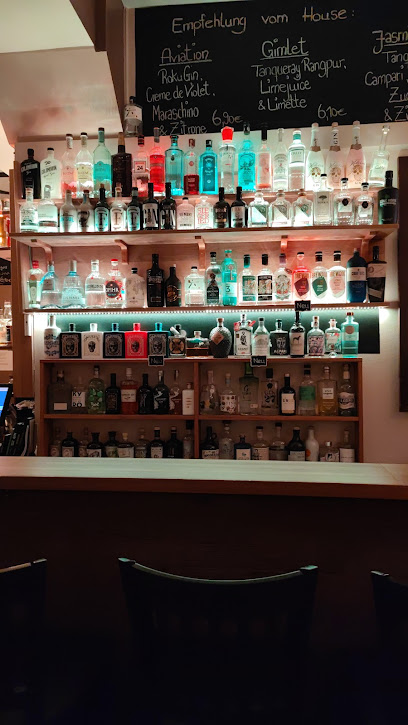
Friedrich August II: A Regal Landmark in Dresden
A regal monument in Dresden's heart, commemorating King Friedrich August II and Saxony's rich history amidst the stunning architecture of the reconstructed Neumarkt.
The statue of Friedrich August II, King of Saxony, stands proudly on Dresden's Neumarkt, a meticulously reconstructed square that serves as the city's vibrant heart. The statue commemorates a monarch who, despite facing revolutionary pressures, left a lasting impact on Saxony. His reign saw advancements in infrastructure and legal reforms, and he was known for his passion for natural history. The statue itself is a testament to Dresden's dedication to preserving its history, offering visitors a chance to reflect on the city's rich past and the figures who shaped it. The statue is surrounded by the stunning architecture of the Neumarkt, including the iconic Frauenkirche, making it a focal point for tourists exploring Dresden's historic center. A visit to the statue provides a tangible connection to Saxony's royal heritage and the city's resilience.
A brief summary to Friedrich August II Koenig Von Sachsen
- Neumarkt, Dresden, Altstadt, 01067, DE
- +493514880
Local tips
- Visit the statue during the early morning or late afternoon for the best lighting for photographs, avoiding harsh midday shadows.
- Combine your visit with a tour of the Frauenkirche to fully appreciate the historical context of the Neumarkt.
- Check for local events or festivals happening on the Neumarkt, as the square often hosts cultural activities.
Getting There
-
Walking
From the Frauenkirche, the statue is a very short walk, located centrally within the Neumarkt. Orientation is easy as the statue is a prominent feature. No costs are involved.
-
Public Transport
Several tram lines stop near the Neumarkt (Altmarkt, Pirnaischer Platz). From these stops, it's a short walk to the Neumarkt and the statue. A single tram fare within Dresden is around €2.50.
-
Taxi/Ride-Share
A taxi or ride-share from Dresden Hauptbahnhof (main train station) to the Neumarkt will cost approximately €8-€12, depending on traffic. The drop-off point will be on the periphery of the Neumarkt, requiring a short walk to the statue.
-
Driving
Driving directly to the Neumarkt is not possible due to pedestrian restrictions. The closest parking is available in underground garages such as Q-Park Frauenkirche/Neumarkt. Hourly parking rates are around €2.50, with a daily maximum of €28.00.
Discover more about Friedrich August II Koenig Von Sachsen
Iconic landmarks you can’t miss
Friedrich August II Koenig Von Sachsen
0.0 km
A regal monument in Dresden's heart, commemorating King Friedrich August II and Saxony's rich history amidst the stunning architecture of the reconstructed Neumarkt.
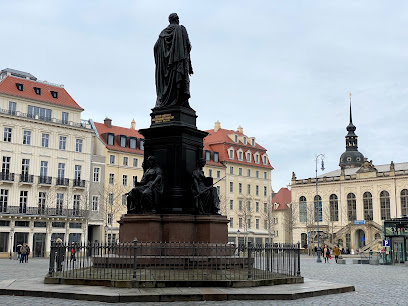
Dinglinger-Haus
0.2 km
Experience the grandeur of Baroque Dresden at the meticulously reconstructed Dinglinger House, a testament to the city's rich history and architectural brilliance, located in the heart of the Neumarkt.
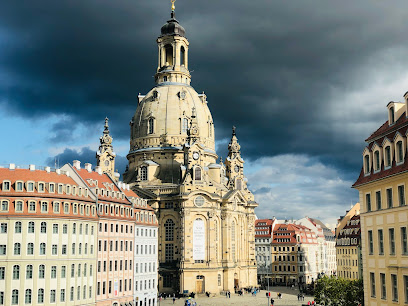
Altmarkt 1
0.2 km
Discover Dresden's historic heart at the Altmarkt, a vibrant square hosting the famous Striezelmarkt and surrounded by cultural landmarks, offering a blend of history and modern-day appeal.
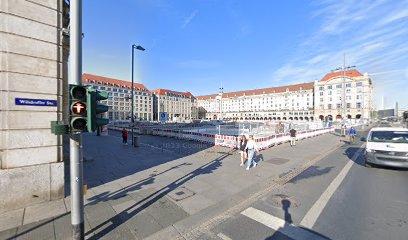
Großer trauernder Mann
0.2 km
A poignant bronze sculpture in Dresden, the Großer Trauernder Mann serves as a powerful memorial to the victims of the WWII bombing, inviting reflection on loss and resilience.
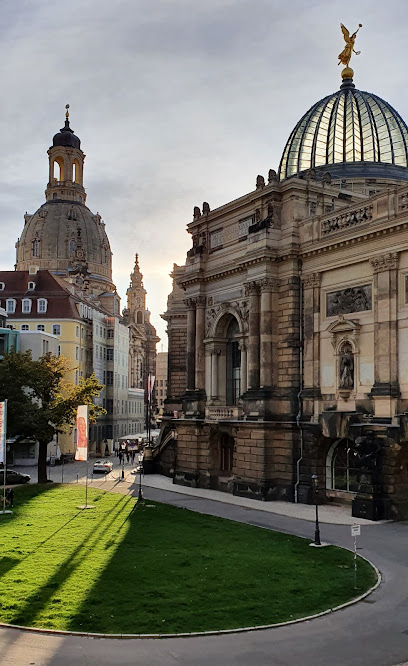
Statue des Hl. Dominikus
0.3 km
Discover the Statue of St. Dominic in Dresden's Stallhof, a serene monument amidst Renaissance splendor, offering a glimpse into the city's rich religious and artistic heritage and historical charm.
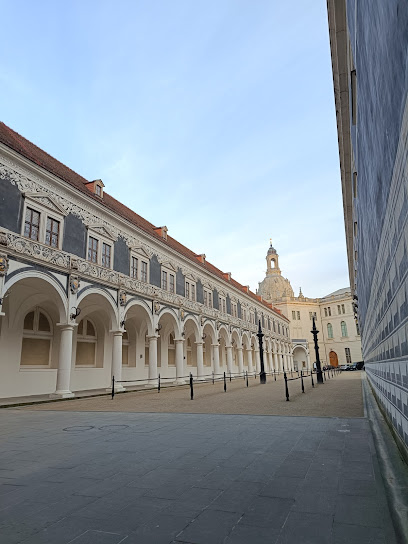
Memorial for Ludwig Richter (1898; Victor Eugen Kircheisen)
0.3 km
Explore the Memorial for Ludwig Richter in Dresden, a serene tribute to the acclaimed German painter surrounded by beautiful gardens and historical significance.
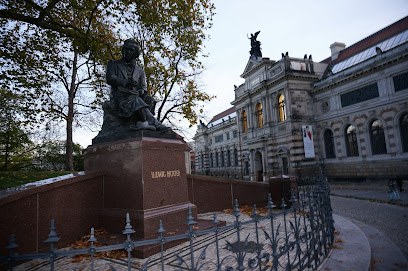
Dresden Armory
0.3 km
Discover a dazzling collection of ceremonial arms, armor, and Ottoman treasures inside Dresden Castle, revealing centuries of Saxon power and artistry.
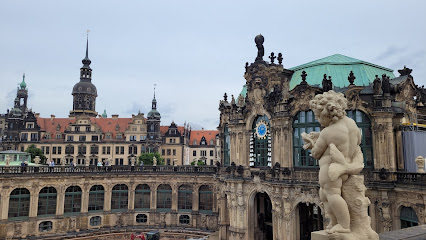
Schloßpl.
0.3 km
Experience Dresden's royal legacy at Schloßplatz, a meticulously restored square surrounded by architectural masterpieces and steeped in Saxon history.
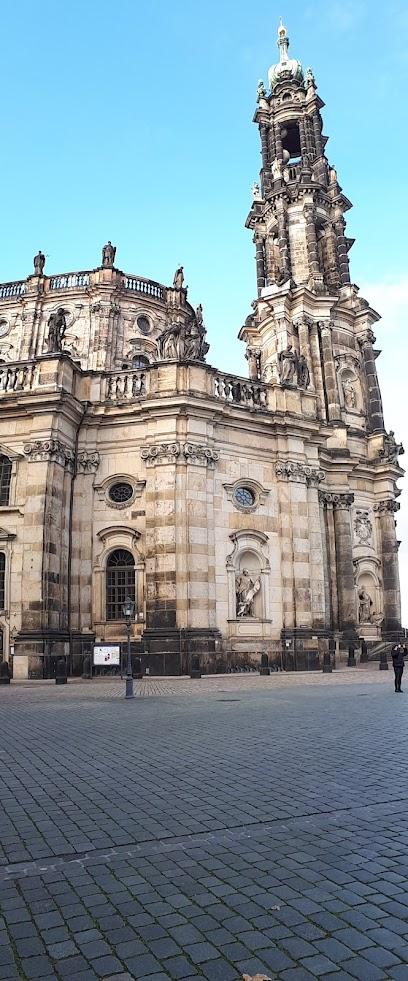
Hausmannsturm, Dresden
0.4 km
Explore the stunning Hausmannsturm in Dresden, a historical landmark offering breathtaking views and rich cultural heritage in the heart of the city.
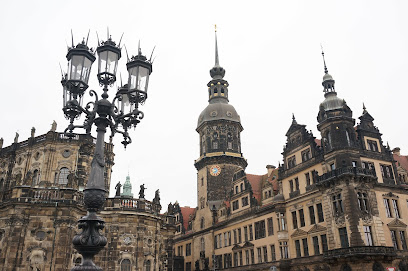
Rubble Woman Monument Dresden
0.4 km
A poignant memorial in Dresden honoring the Trümmerfrauen, the 'rubble women,' who rebuilt the city from the ashes of World War II, symbolizing resilience and the strength of the human spirit.
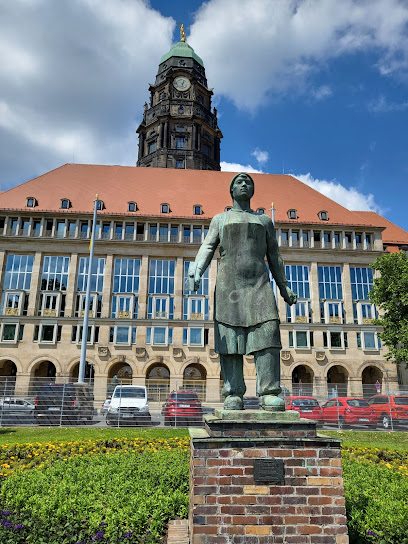
Green Vault
0.4 km
Explore the Green Vault in Dresden, an exquisite art museum showcasing royal treasures and historical artifacts in a breathtaking setting.
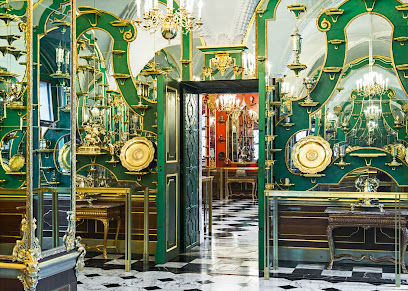
Kathedrale Sanctissimae Trinitatis
0.4 km
Discover the awe-inspiring beauty and rich history of the Kathedrale Sanctissimae Trinitatis in Dresden, a magnificent Baroque cathedral and cultural landmark.
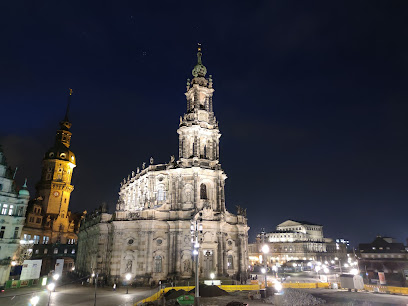
Synagoge
0.4 km
Discover the New Synagogue in Dresden: a modern architectural marvel symbolizing the rebirth of Jewish life, standing on the historic site of the Semper Synagogue.
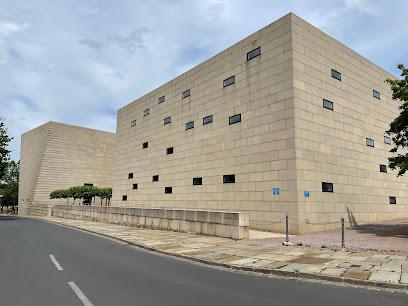
Hasenberg 1
0.4 km
Discover Dresden's New Synagogue: A modern architectural marvel built on history, symbolizing resilience and rebirth in the heart of the city's Old Town.
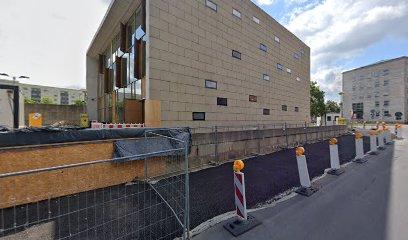
Statue of King Johann
0.5 km
A majestic equestrian statue honoring King Johann, a symbol of Dresden's rich history and artistic legacy, standing proudly amidst the architectural splendor of Theaterplatz.
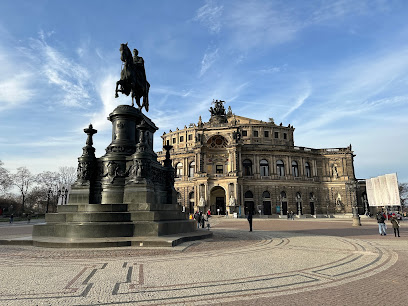
Unmissable attractions to see
Martin Luther Statue
0.1 km
Explore the historic Martin Luther Statue in Dresden's Neumarkt Square, a symbol of the Protestant Reformation and architectural beauty.
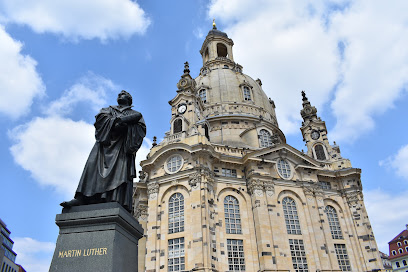
Neumarkt
0.1 km
Explore the historic Neumarkt Square in Dresden, where stunning architecture meets vibrant local culture and culinary delights.
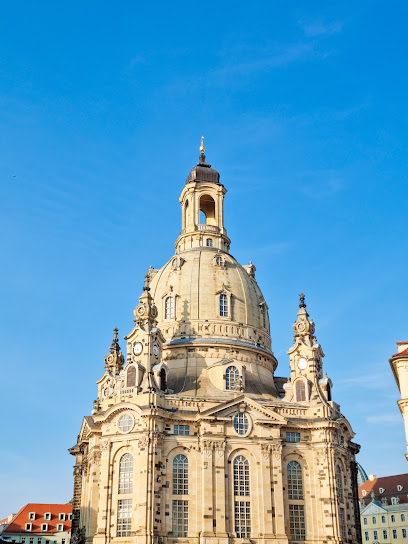
Frauenkirche Dresden
0.1 km
Discover the breathtaking Frauenkirche in Dresden, a Baroque masterpiece symbolizing resilience and beauty in the heart of the city.
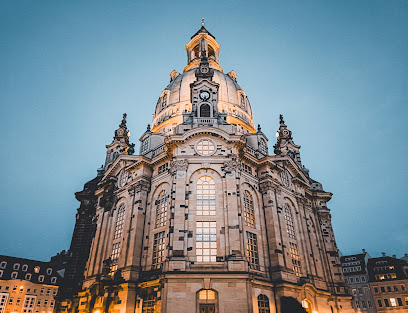
Dome ascent Frauenkirche Dresden
0.1 km
Discover breathtaking views and rich history at the Frauenkirche Dome in Dresden, a must-visit tourist attraction for every traveler.
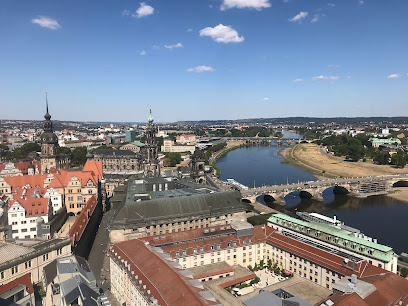
Die Dresdner Stadtrundfahrten GmbH
0.1 km
Discover the beauty and history of Dresden with guided tours from Die Dresdner Stadtrundfahrten GmbH, your gateway to Germany's cultural treasures.
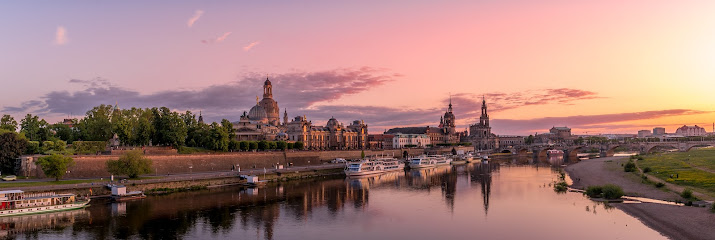
Dresden Transport Museum
0.1 km
Discover the evolution of transport at the Dresden Transport Museum, showcasing centuries of innovation in a captivating setting.
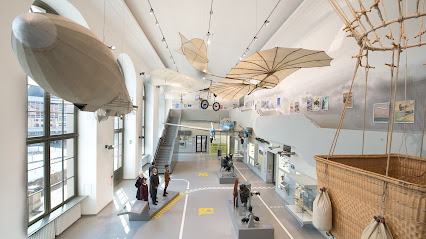
Dresden City Museum
0.2 km
Discover the captivating history and culture of Dresden at the city's premier museum, showcasing its rich heritage and artistic legacy.
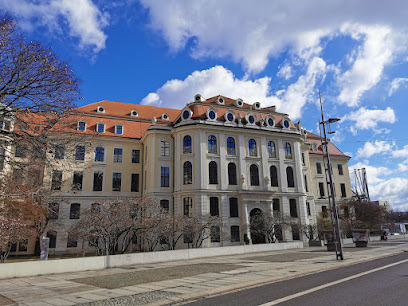
Stallhof
0.2 km
Discover the historical elegance of Stallhof in Dresden, a Renaissance gem that captures the essence of the city's rich cultural heritage.
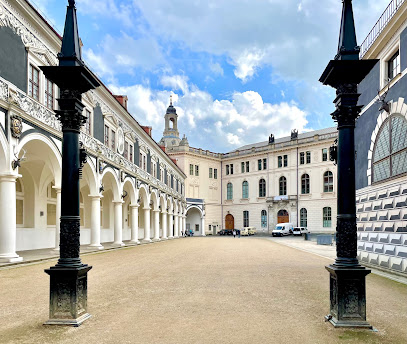
Palace of Culture
0.2 km
Experience the artistic heart of Dresden at the Palace of Culture, a vibrant hub for concerts, theater, and shopping in a stunning architectural setting.
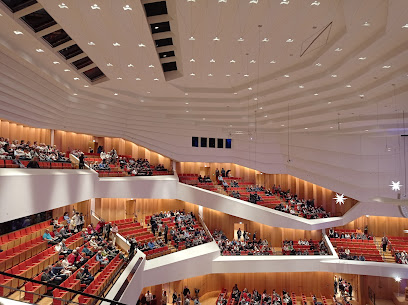
Zitronenpresse (Oktogon. Kunsthalle der HfBK Dresden)
0.2 km
Explore the unique Zitronenpresse in Dresden, a stunning blend of contemporary art and historical architecture near the Frauenkirche.
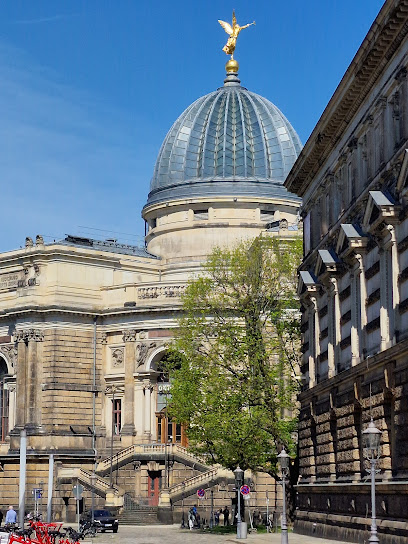
Traditioneller Weihnachtsmarkt an der Frauenkirche
0.2 km
Discover the enchantment of Dresden's traditional Christmas market at Frauenkirche, where holiday magic comes alive with crafts, treats, and festive cheer.
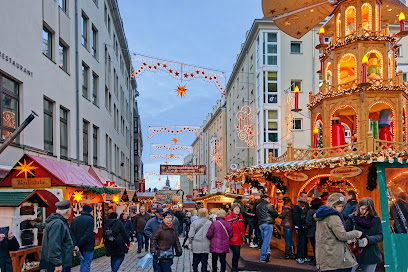
Fürstenzug
0.3 km
Explore the Fürstenzug in Dresden, a stunning porcelain mural showcasing the lineage of Saxony's rulers and a key historical landmark.
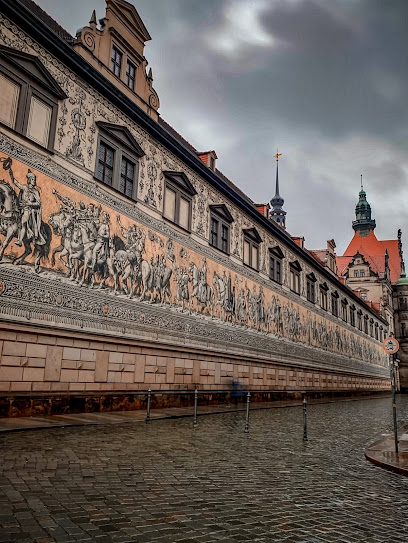
Albertinum
0.3 km
Explore the Albertinum, Dresden's premier art museum showcasing modern masterpieces and historical collections in a stunning architectural setting.
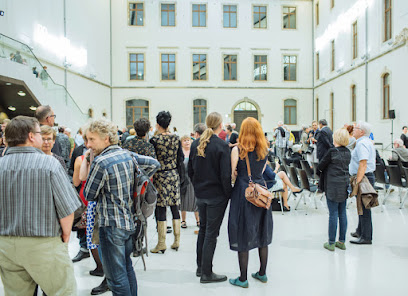
Academy of Fine Arts Dresden
0.3 km
Explore the Academy of Fine Arts Dresden, a cultural landmark blending history and creativity along the scenic Elbe River.
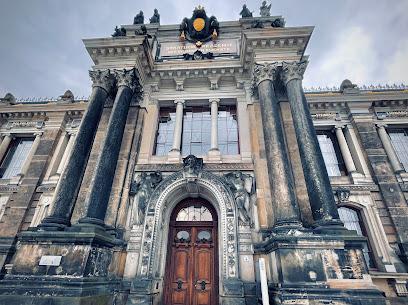
Altmarkt
0.3 km
Discover the vibrant heart of Dresden at Altmarkt, where history meets modern shopping and culture in a picturesque square.
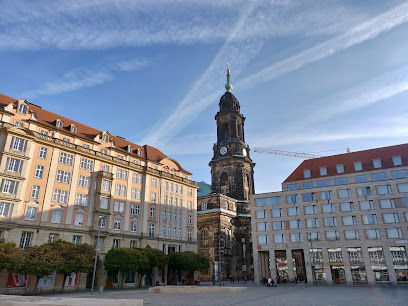
Essential places to dine
DRESDEN 1900 Museumsgastronomie
0.0 km
Experience Dresden's culinary heritage at DRESDEN 1900 Museumsgastronomie - a perfect blend of history and flavor.
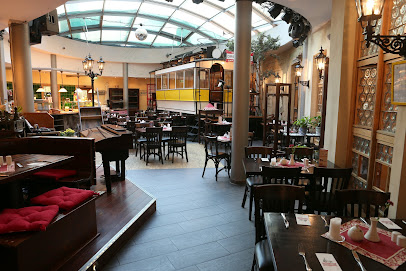
Restaurant de Saxe
0.0 km
Experience authentic German cuisine at Restaurant de Saxe, located in Dresden's historic Altstadt district.

L'Osteria
0.1 km
Experience authentic Italian cuisine at L'Osteria in Dresden's Altstadt—delicious pizzas and warm hospitality await.
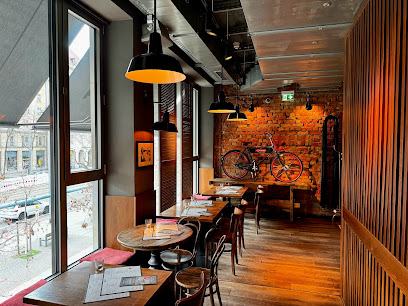
Augustiner an der Frauenkirche Restaurant
0.1 km
Savor authentic Bavarian cuisine and local brews at Augustiner an der Frauenkirche - where tradition meets taste in Dresden's vibrant heart.
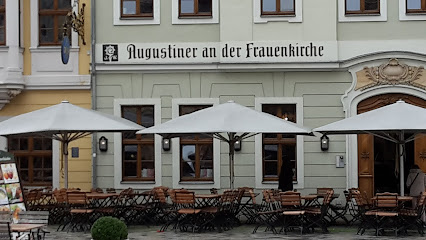
Restaurant Moritz
0.1 km
Experience exquisite local cuisine at Restaurant Moritz in Dresden's historic Altstadt - where tradition meets modernity.
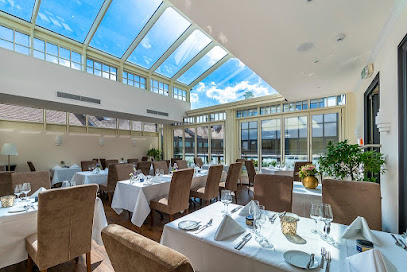
VEN
0.1 km
Discover exquisite Mediterranean-inspired cuisine paired with fine German wines at VEN in Dresden's vibrant Altstadt.

Pulverturm
0.2 km
Experience authentic German cuisine at Pulverturm in Dresden, where history meets flavor near the iconic Frauenkirche.
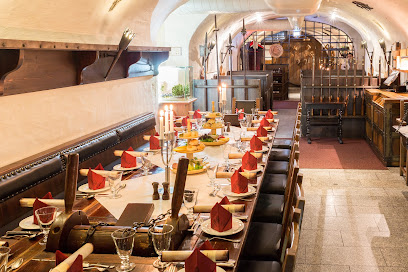
edelweiss - Alpenrestaurant
0.2 km
Savor authentic Swiss cuisine at Edelweiss - Alpenrestaurant in Dresden; where tradition meets taste in a stunning setting.
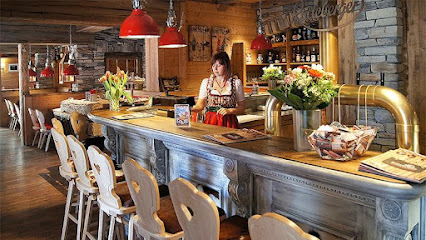
Coselpalais - Restaurant & Grand Café
0.2 km
Experience culinary excellence at Coselpalais - where traditional German flavors meet Mediterranean elegance in the heart of Dresden.
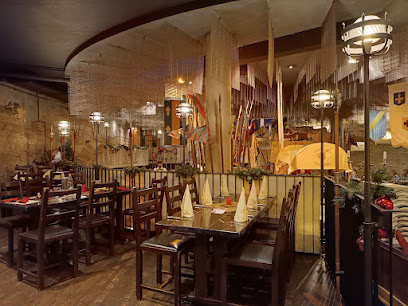
Dresdner Trödelschänke
0.2 km
Discover authentic Saxon cuisine at Dresdner Trödelschänke in Dresden's Altstadt—a delightful fusion of tradition and modernity awaits.

Ayers Rock
0.2 km
Experience authentic Australian cuisine in Dresden at Ayers Rock - where every meal is a flavorful adventure.

Kutscherschänke - Uriges Wirtshaus
0.2 km
Experience authentic German cuisine at Kutscherschänke - a rustic restaurant that captures the heart of Dresden's culinary scene.
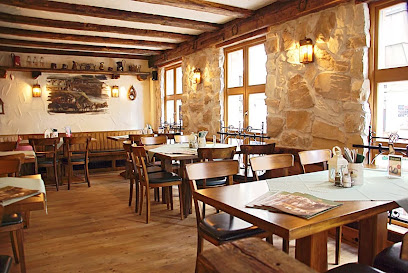
Gänsedieb
0.2 km
Discover Gänsedieb in Dresden: A culinary haven blending local flavors with international cuisine for an unforgettable dining experience.
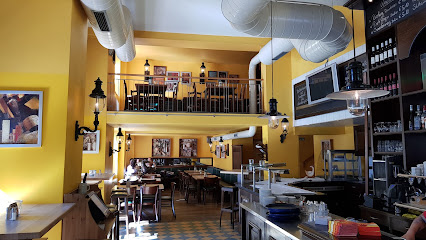
Restaurant Platzhirsch am Schlosseck
0.3 km
Experience authentic German cuisine in the heart of Dresden at Restaurant Platzhirsch am Schlosseck - where tradition meets modernity.
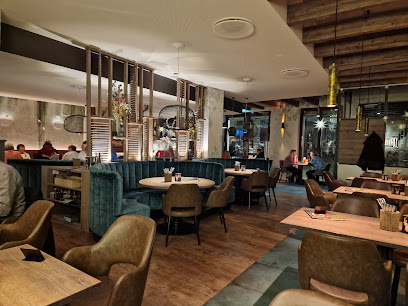
Restaurant Wohnstube
0.3 km
Experience the fusion of local flavors and modern cuisine at Restaurant Wohnstube in Dresden.
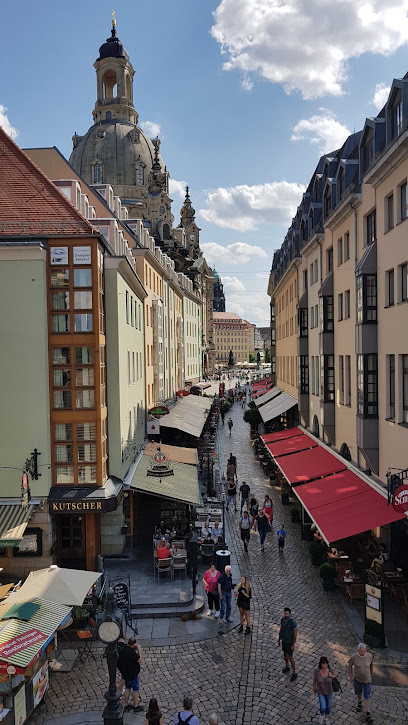
Markets, malls and hidden boutiques
Antik Brocante Dresden - Brocante antique dining culture
0.0 km
Explore Antik Brocante Dresden, a must-visit gift shop offering a unique collection of antiques, home goods, and architectural salvage in the heart of Dresden.
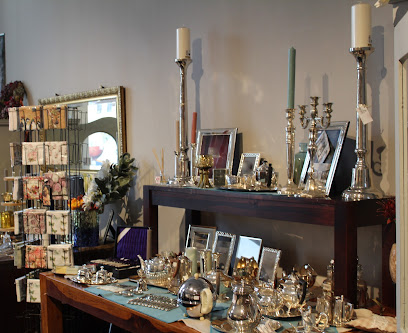
Dresden GIFTS + GOODS for you
0.1 km
Explore the heart of Dresden at GIFTS + GOODS, where local artisans offer unique souvenirs and treasures reflecting the city’s rich heritage.
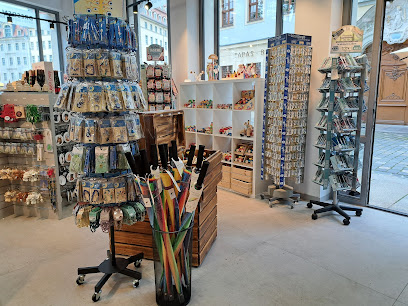
Ullmann's Laden
0.1 km
Explore Ullmann's Laden in Dresden for exquisite leather goods and unique gifts that embody the spirit of craftsmanship and creativity.
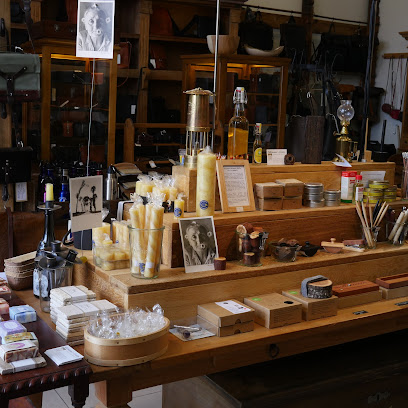
United Dresden GmbH
0.1 km
Discover unique souvenirs at United Dresden GmbH in the heart of Dresden's Altstadt, capturing the city's spirit and artistry.
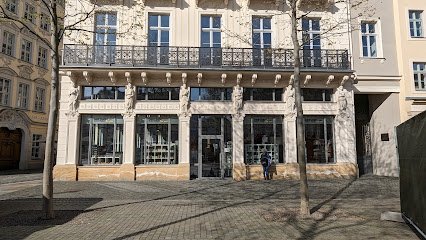
Tradition & Form - Wendt und Kühn Fachhändler
0.1 km
Explore Tradition & Form - Wendt und Kühn, a charming gift shop in Dresden, offering handcrafted antiques, Christmas decor, and enchanting music boxes.

A. Lange & Söhne Boutique Dresden
0.1 km
Discover the elegance of German watchmaking at A. Lange & Söhne Boutique in Dresden, where craftsmanship meets timeless luxury.
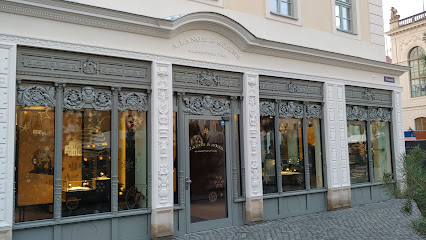
QF Passage Dresden
0.1 km
Discover QF Passage Dresden: A premier shopping mall blending luxury brands, delightful dining, and cultural experiences in the heart of the city.
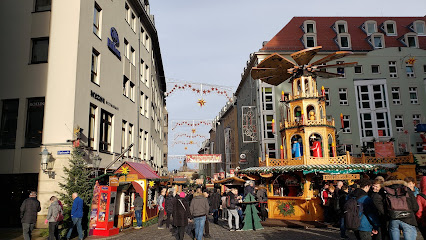
Hello Dresden
0.1 km
Explore Hello Dresden for unique souvenirs that capture the city's rich culture and history, perfect for every traveler.
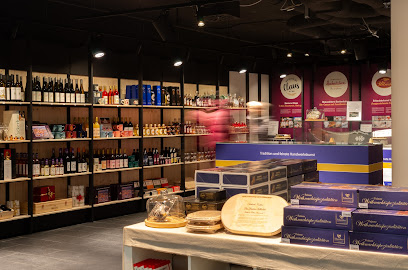
Remember Dresden Souvenir Shop
0.1 km
Explore the heart of Dresden through unique souvenirs and local art at Remember Dresden Souvenir Shop, a must-visit for all tourists.
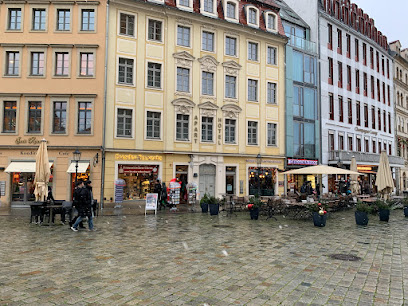
La Boutique Concept Store Dresden
0.2 km
Explore La Boutique Concept Store in Dresden for unique clothing, stylish handbags, and chic shoes that define contemporary fashion.
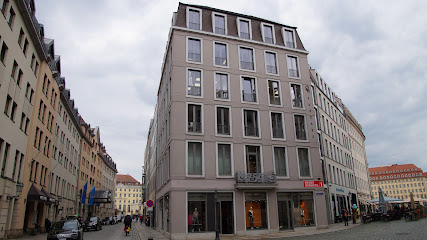
Glashütte Original Boutique Dresden
0.2 km
Discover the exquisite craftsmanship of luxury timepieces at Glashütte Original Boutique in Dresden's historic Altstadt.
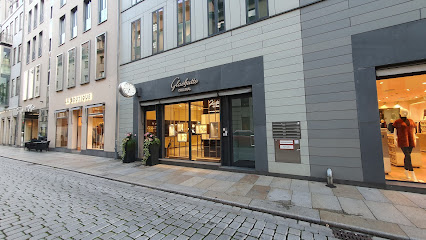
Wolford Boutique Dresden
0.2 km
Explore fashion elegance at Wolford Boutique Dresden, your destination for luxurious lingerie and chic women's clothing in the heart of the city.
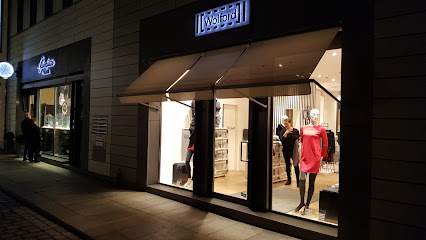
Cavalinho
0.2 km
Explore Cavalinho in Dresden for stylish clothing and accessories that blend contemporary fashion with regional heritage.
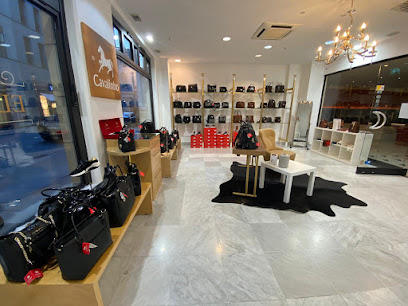
Dueamiche Store Dresden Altstadt
0.2 km
Discover unique fashion treasures at Dueamiche Store in Dresden's Altstadt, where style meets local charm in a delightful boutique atmosphere.
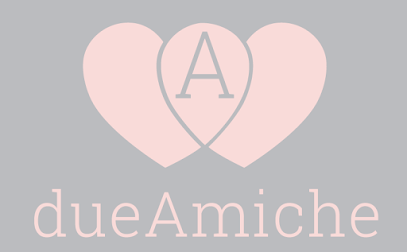
Dresden Souvenirs
0.2 km
Discover unique souvenirs that capture the essence of Dresden's rich culture and history at Dresden Souvenirs, a must-visit gift shop in the heart of the city.
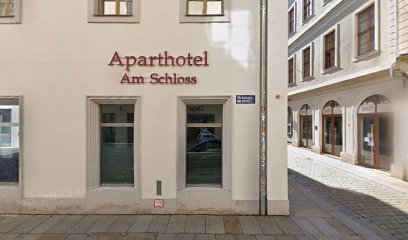
Essential bars & hidden hideouts
Champagner Lounge
0.0 km
Experience the elegance of Champagner Lounge in Dresden, where a remarkable champagne selection meets a vibrant nightlife atmosphere.
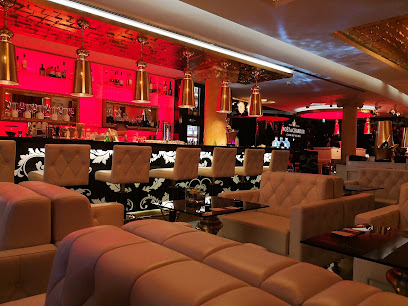
Gin House Dresden
0.1 km
Discover the vibrant Gin House Dresden, where exceptional cocktails and a lively atmosphere await in the heart of the city!
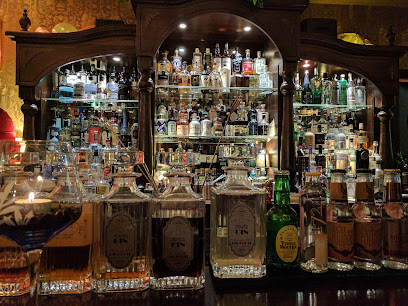
Roof-Top Bar im Vienna house
0.1 km
Discover the Roof-Top Bar in Vienna House: Where breathtaking views meet exquisite drinks in the heart of Dresden's vibrant nightlife.
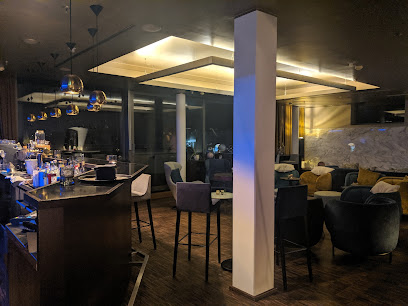
Twist Bar
0.2 km
Experience the vibrant nightlife of Dresden at Twist Bar, where creative cocktails and a chic atmosphere await every visitor.
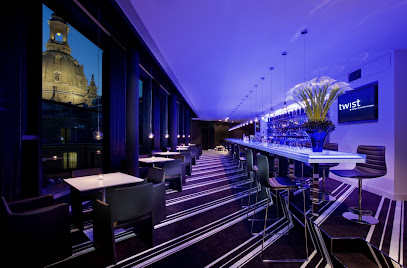
Cocktailbar Pervak
0.3 km
Experience the vibrant and innovative cocktail culture at Cocktailbar Pervak in the heart of Dresden's Altstadt, where every drink tells a story.
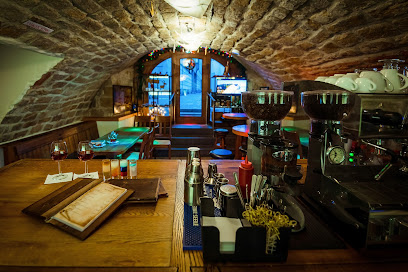
Schlossbar
0.3 km
Experience the elegance of Schlossbar in Dresden with exquisite drinks and a sophisticated atmosphere, perfect for unwinding after a day of exploration.
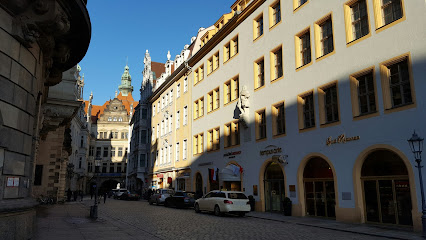
Shamrock Irish Bar & Restaurant
0.3 km
Discover Shamrock Irish Bar & Restaurant - an authentic Irish pub in the heart of Dresden, offering delightful cuisine and a lively atmosphere.
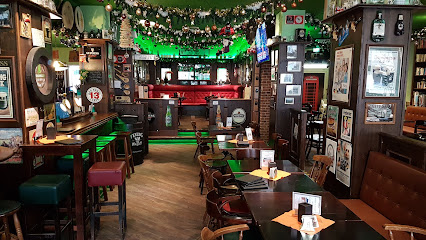
AMARO Bar - Dresden
0.3 km
Experience the vibrant nightlife of Dresden at AMARO Bar, where expertly crafted cocktails meet a cozy and inviting atmosphere.

Bar 1705 - Dresden
0.4 km
Experience unparalleled luxury at Bar 1705 in Dresden, where exquisite cocktails and a chic ambiance await you.
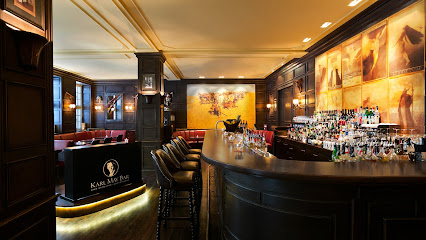
The Red Rooster - Dresden
0.9 km
Discover The Red Rooster in Dresden - a lively pub offering delicious food, a wide array of drinks, and a vibrant atmosphere perfect for socializing.
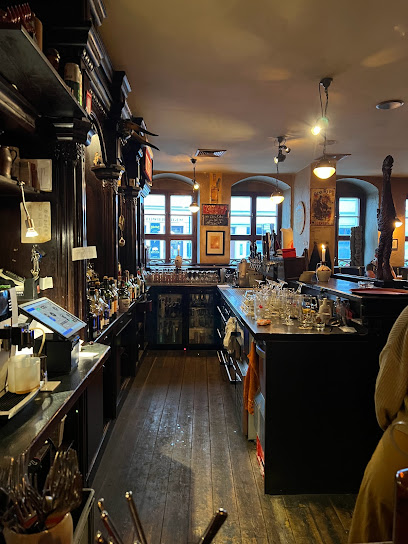
Pianobar
1.0 km
Discover the enchanting Pianobar in Dresden, where live music and exquisite cocktails create an unforgettable nightlife experience.
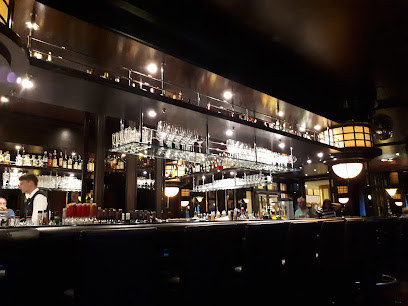
HERZ american bar - Dresden
1.2 km
Immerse yourself in the lively ambiance of HERZ American Bar in Dresden, serving exquisite cocktails and a taste of American bar culture.
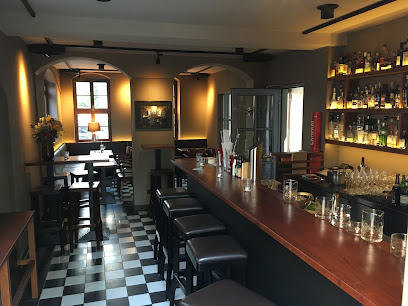
Volt Bar
1.2 km
Discover the lively Volt Bar in Dresden, blending exquisite drinks with a vibrant atmosphere for an unforgettable night out.

BBC – Bar Brasserie Cassis - Dresden
1.6 km
Discover the vibrant energy of BBC – Bar Brasserie Cassis, a top destination for drinks and light bites in Dresden's lively Neustadt district.
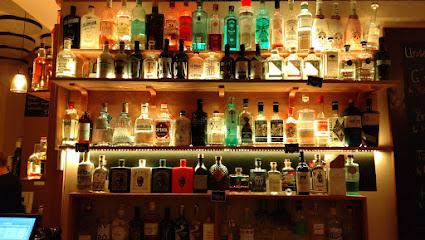
BBC Whisky & Gin House
1.7 km
Discover a refined selection of whiskies and gins in the heart of Dresden-Neustadt at BBC Whisky & Gin House, a premier bar for spirit enthusiasts.
